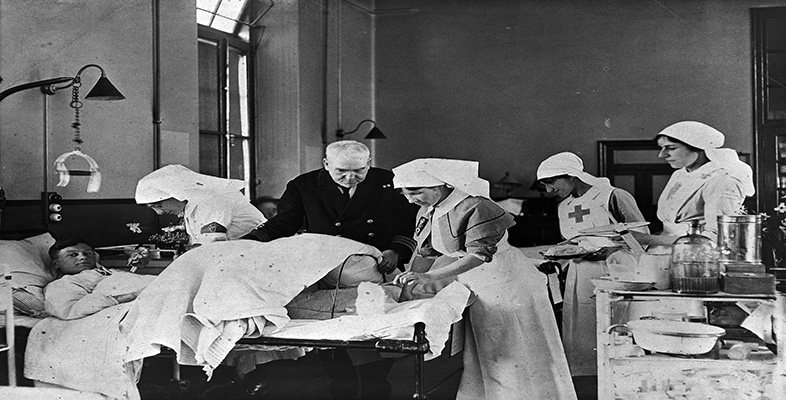2 The emergence of a modern profession?
2.1 Introduction
In the late eighteenth and nineteenth centuries, fundamental and sweeping changes took place in medical training and practice. Apprenticeships, which were once the most common form of medical training, gradually disappeared, and a university education became the norm for all practitioners. Responsibility for licensing practitioners shifted from the old medical guilds and colleges to the state and then back into the hands of medical men. The last remnants of the division of practitioners into physicians, surgeons and apothecaries were swept away. Instead, medical men were split into general practitioners and consultants. At the same time, medical practitioners developed a new collective identity, seeing themselves as members of a single occupation, with common interests and conforming to common standards of behaviour. A clear differentiation emerged between members of the regular and orthodox profession, who had gone through recognised forms of training, and those who were considered irregular healers and unorthodox practitioners.
